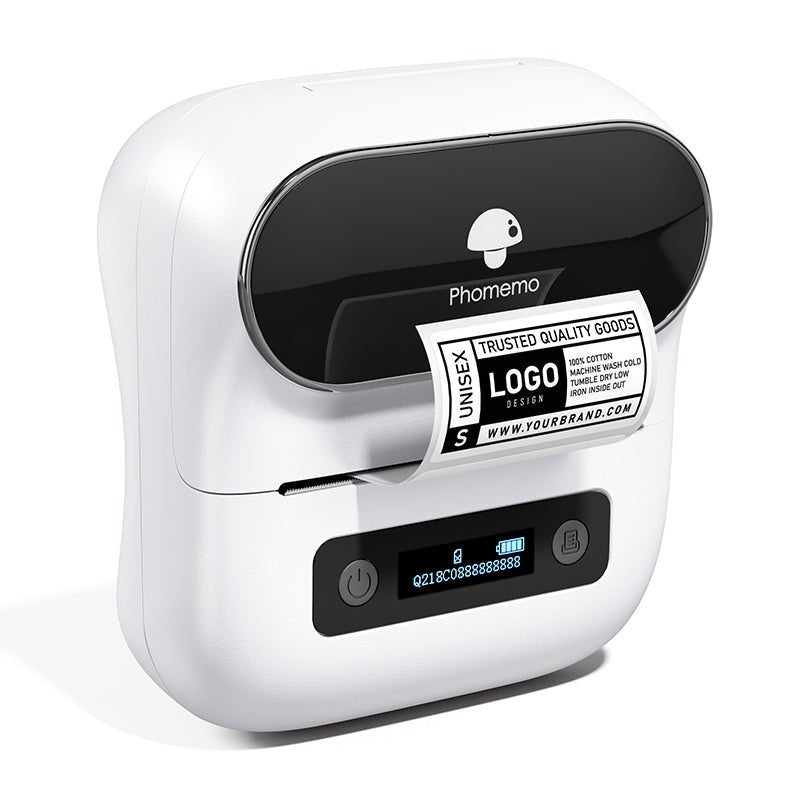近年、環境保護への世界的な取り組みは大きく加速しており、プラスチック廃棄物が地球に及ぼす悪影響に対する意識が高まっています。プラスチック禁止の継続的な進展は、産業界や企業に注目を集め、より持続可能な慣行の導入を促しています。最も大きな影響を受ける業界の一つは食品・飲料業界であり、特にテイクアウトサービスに大きく依存しているレストランです。これらの施設にとって、持続可能な食品包装は大きな課題となっています。 テイクアウトサービスの環境に対する影響は差し迫った問題となっており、業界が環境に与える影響を大きく変える可能性を秘めている。
従来のテイクアウト食品の包装の問題点
従来のテイクアウト食品の包装は、長らくプラスチックが主流でした。プラスチック容器から食器、ストロー、バッグに至るまで、これらの素材は利便性の高さから、多くのレストランで定番の選択肢となっています。しかし、この利便性は環境に大きな負担をかけています。
EPAによると(米国環境保護庁)、 容器包装は都市固形廃棄物の発生源の一つであり、2018年だけで約8,220万トンに達しています。これらの包装のほとんどは、プラスチックや発泡スチロールなどの有害物質で作られています。これらのプラスチックは最終的に埋め立て地に捨てられるか、さらに悪いことに、数百トンもの廃棄物を海に流し込むこともあります。

消費者は、購買決定において持続可能性を重視する傾向が高まっています。ニールセンの調査によると、世界中の回答者の81%が、企業は環境改善に貢献すべきだと強く感じています。レストランにとって、持続可能な包装方法を採用しないことは、環境意識の高い顧客を遠ざけるリスクがあるだけでなく、競争が激化する市場においてブランドイメージを損なうことにもつながります。
持続可能な食品包装を実現する方法 テイクアウト用 サービス
持続可能なテイクアウト食品の包装への移行は、規制圧力による必要性だけでなく、レストランが環境保護への取り組みを示す機会でもあります。レストランが持続可能なテイクアウト食品の包装を実現する方法をご紹介します。
持続可能な包装材料を使用する
持続可能なテイクアウト用包装への第一歩は、従来の使い捨てプラスチック素材から環境に優しい素材に切り替えることです。環境への悪影響なしに、同じ利便性を提供する選択肢はいくつかあります。
堆肥化可能なテイクアウト容器コーンスターチ、サトウキビ、竹などの素材から作られたコンポスト可能な容器は、堆肥化環境下で自然界の要素に分解されるように設計されています。プラスチックとは異なり、これらの素材はすぐに分解されます。

B人工血管用 F良い P包装バイオプラスチックは、従来のプラスチックに代わる革新的で有望な代替品です。トウモロコシデンプン、サトウキビ、ジャガイモデンプンなどの再生可能な生物由来の原料から作られるバイオプラスチックは、従来のプラスチックと多くの機能を発揮しますが、

リサイクル可能な包装 テイクアウト食品リサイクルはエネルギーと資源を必要とするため完璧な解決策ではありませんが、紙、段ボール、特定の種類のプラスチックなど、簡単にリサイクルできる梱包材を使用することで、

red uce包装廃棄物
持続可能な食のもう一つの重要な側面 包装 使用される包装の総量を最小限に抑えることです。これは、包装のデザインと機能を再考すること、そして
食品包装を最小限に抑える:一つの方法は

包装方法の革新
持続可能性を実現するには、包装方法の革新が不可欠です。新しい技術や方法を採用することで、レストランはさらに
BPAフリーサーマルラベル多くのレストランでは、レシートやラベルの印刷に感熱紙を使用しています。しかし、従来の感熱紙には、環境と人体に有害な化学物質であるビスフェノールA(BPA)が含まれていることがよくあります。 BPAフリーサーマルラベル これは、レストランが消費者と環境の両方にとってより安全なパッケージを確保するために行うことができる、小さいながらも影響力のある変更です。

テイクアウト用シールストリップ用インクレスラベルメーカー: 持続可能な食品包装へのもう一つの革新的なアプローチ インクレスラベルメーカーの使用です テイクアウト用シールの印刷用。従来のラベルはインクを必要とすることが多く、無駄が多く、環境に悪影響を与える可能性があります。 インクレス商業ラベルメーカーただし、ラベルを印刷するには熱を使用します。

結論
世界がプラスチック廃棄物による環境問題に取り組み続ける中、持続可能なテイクアウト食品の包装の重要性は高まっています。 強調しすぎることはありません。レストランにとって、環境に優しい 食べ物 包装 こうした慣行は、増え続ける規制への対応だけでなく、環境意識の高い消費者層の価値観に合わせる機会でもあります。持続可能な包装材を使用することで、
ショッピングの準備はできましたか?割引コードを入手しましょう!

サーマルビジネスラベルメーカー
- コンパクトで軽量: 重さはわずか328g
- バッテリー容量: リチウム電池、2200mAh
- インクレス印刷: 感熱印刷技術を使用しているため、インクは不要です
red
さあ、探検しましょう
よくある質問
どのような種類の材料が考慮されるかred 食品包装は持続可能か?
持続可能な素材には、堆肥化可能なオプションが含まれます(e.g、コーンスターチ、サトウキビ)、生分解性材料(e.g、特定のバイオプラスチック)、およびリサイクル可能な材料(e.g(紙、段ボールなど)。これらの素材は、環境への影響が少ないように設計されています。
持続可能な包装にはどのような種類の材料が使用されていますか?
持続可能な包装材には、コーンスターチやサトウキビから作られた堆肥化可能な容器、PHAなどの生分解性容器、紙や段ボールなどのリサイクル可能な素材が含まれます。PLAなどのバイオプラスチックも、従来のプラスチックに代わる再生可能な代替品となります。
バイオプラスチックは従来のプラスチックの良い代替品でしょうか?
バイオプラスチックは再生可能な資源から作られ、堆肥化または生分解性があるため、より良い代替品となり得ます。しかし、その効果は適切な廃棄および堆肥化施設に依存しており、環境への影響を総合的に評価する必要があります。
持続可能なパッケージングはコスト効率が良いのでしょうか?
いくつかの持続可能な包装オプションは初期費用が高くなる場合がありますが、長期的には節約につながります。
自分のビジネスに適した持続可能なパッケージングを選択するにはどうすればよいですか?
提供する食品の種類、材料の環境への影響、廃棄施設の利用可能性といった要素を考慮してください。堆肥化やリサイクル性を示す認証やラベルを探し、業務ニーズと持続可能な食品包装の目標を満たす包装を選びましょう。










